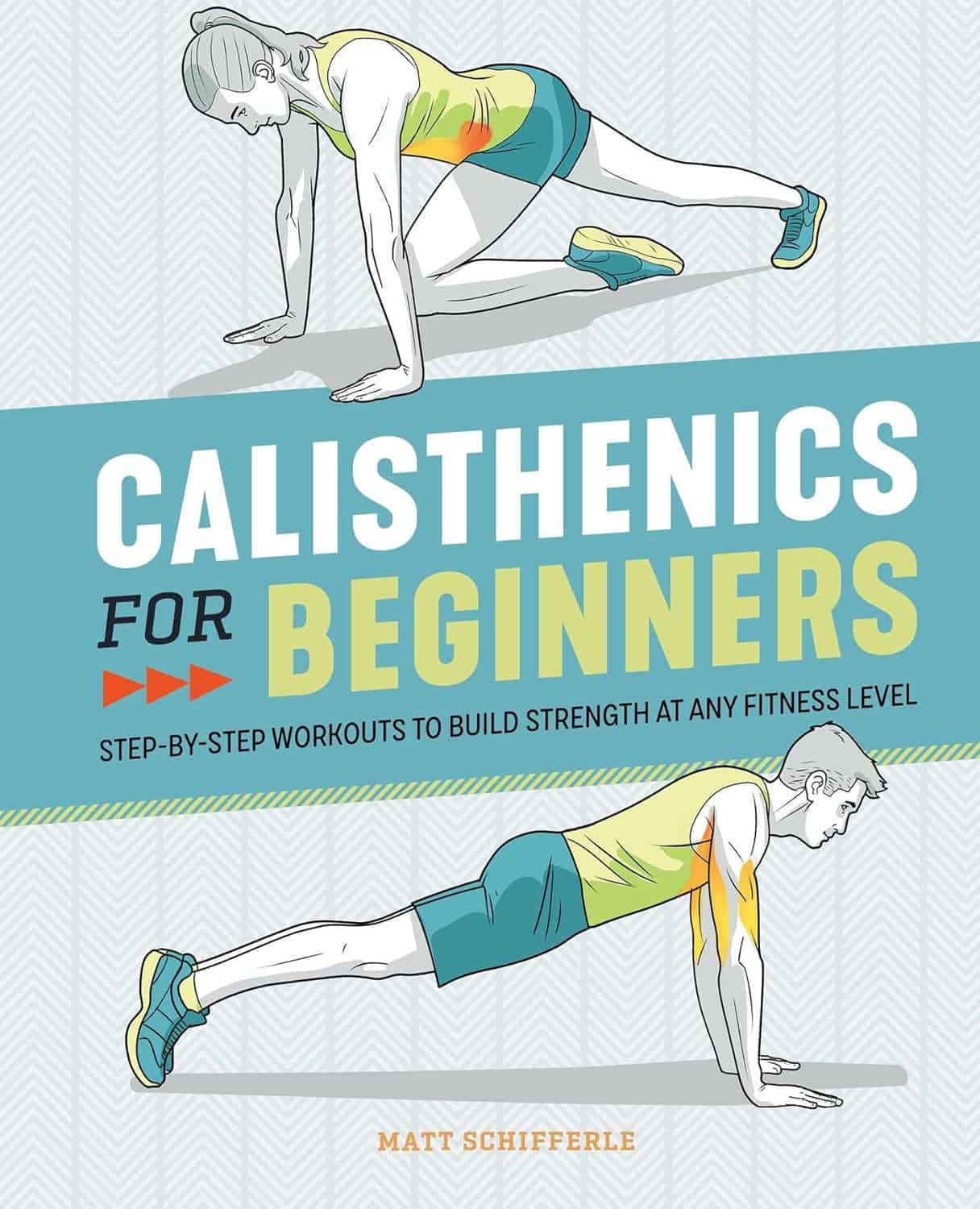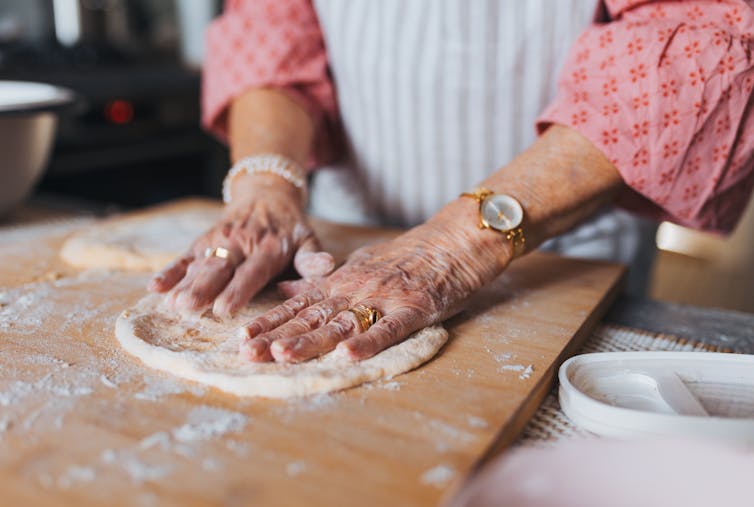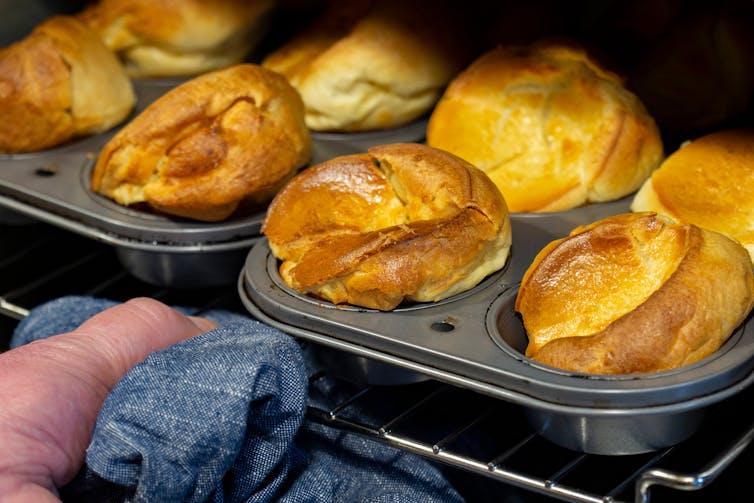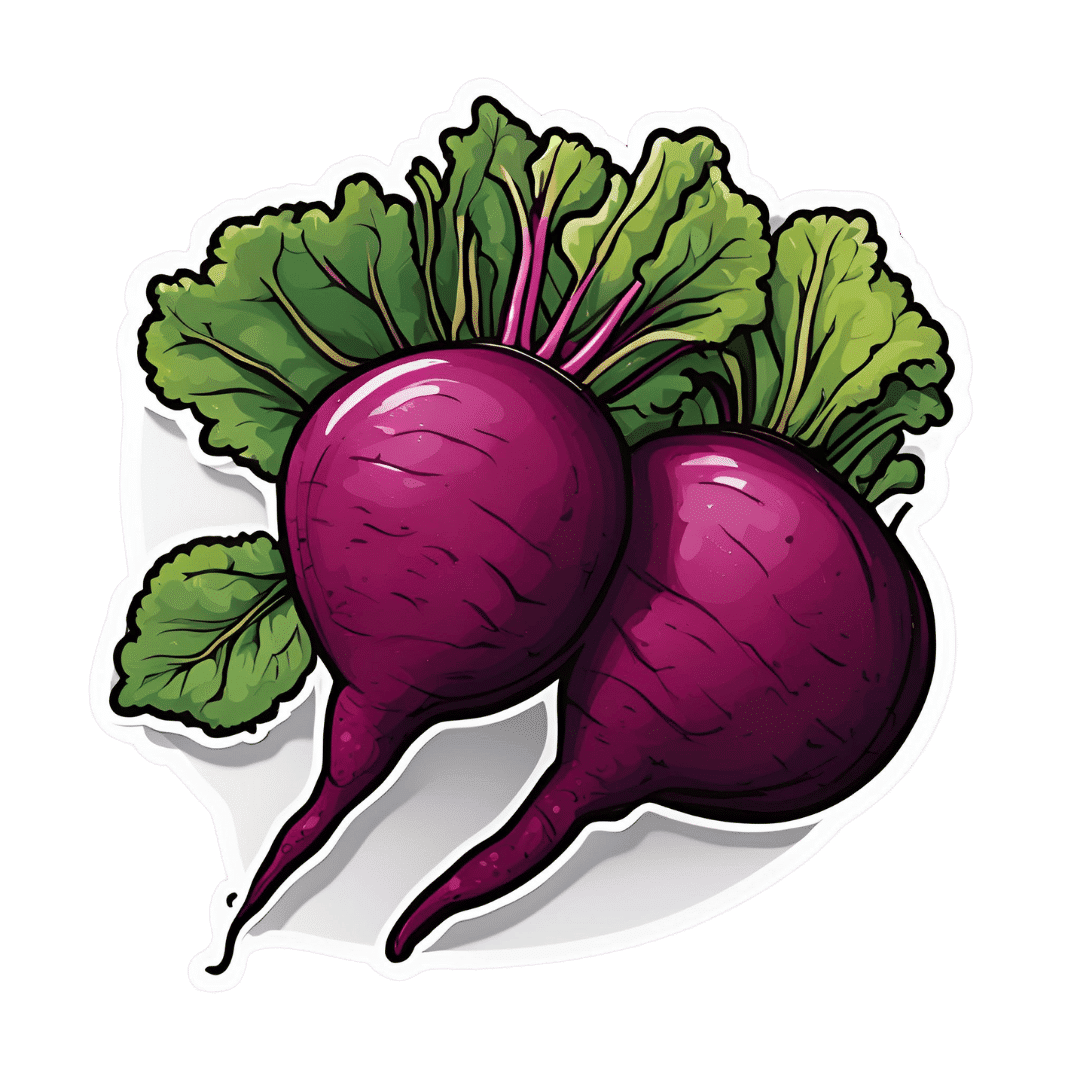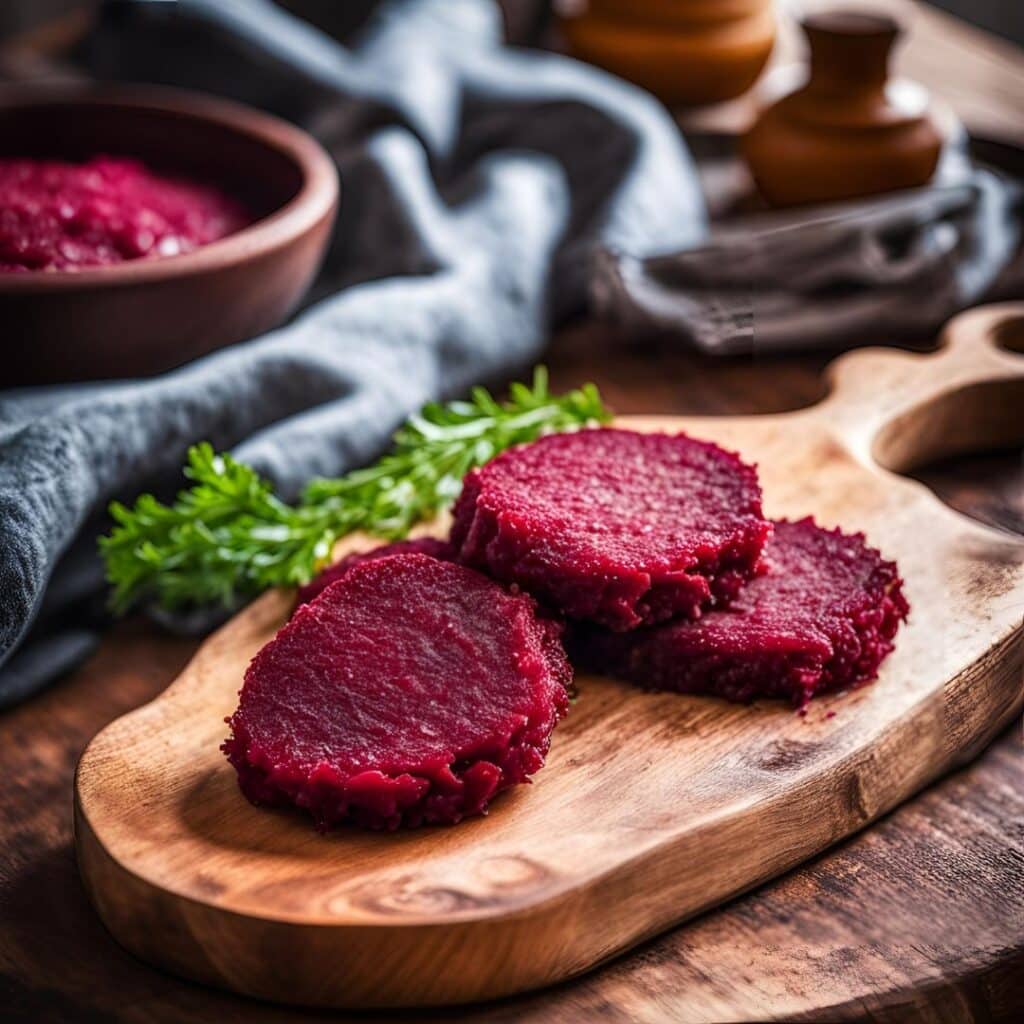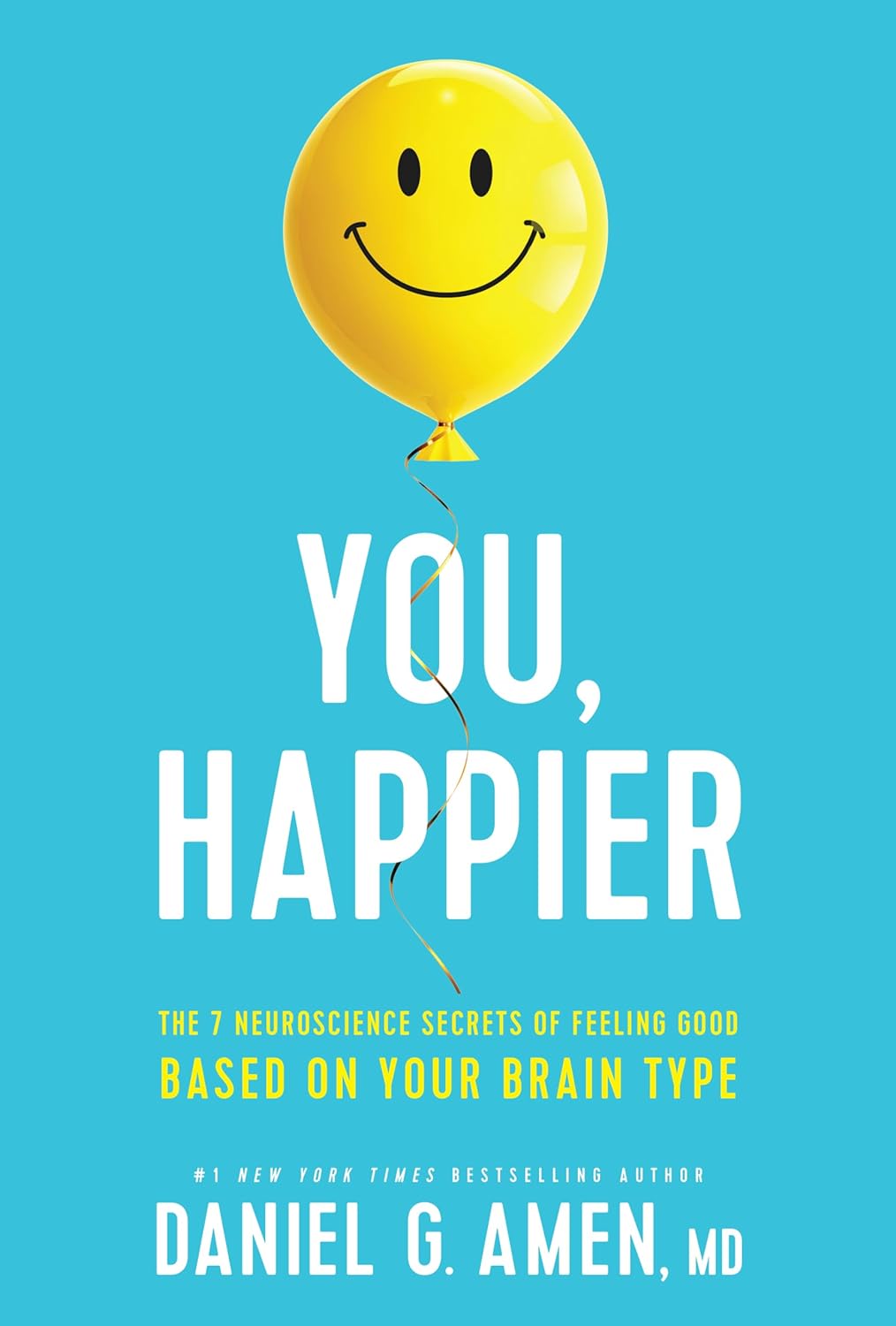
Unlock Your Air-Fryer’s Potential!
10almonds is reader-supported. We may, at no cost to you, receive a portion of sales if you purchase a product through a link in this article.
Unlock Your Air-Fryer’s Potential!
You know what they say:
“you get out of it what you put in”
…and in the case of an air-fryer, that’s very true!
More seriously:
A lot of people buy an air fryer for its health benefits and convenience, make fries a couple of times, and then mostly let it gather dust. But for those who want to unlock its potential, there’s plenty more it can do!
Let’s go over the basics first…
Isn’t it just a tiny convection oven?
Mechanically, yes. But the reason that it can be used to “air-fry” food rather than merely bake or roast the food is because of its tiny size allowing for much more rapid cooking at high temperatures.
On which note… If you’re shopping for an air-fryer:
- First of all, congratulations! You’re going to love it.
- Secondly: bigger is not better. If you go over more than about 4 liters capacity, then you don’t have an air-fryer; you have a convection oven. Which is great and all, but probably not what you wanted.
Are there health benefits beyond using less oil?
It also creates much less acrylamide than deep-frying starchy foods does. The jury is out on the health risks of acrylamide, but we can say with confidence: it’s not exactly a health food.
I tried it, but the food doesn’t cook or just burns!
The usual reason for this is either over-packing the fryer compartment (air needs to be able to circulate!), or not coating the contents in oil. The oil only needs to be a super-thin layer, but it does need to be there, or else again, you’re just baking things.
Two ways to get a super thin layer of oil on your food:
- (works for anything you can air-fry) spray the food with oil. You can buy spray-on oils at the grocery store (Fry-light and similar brands are great), or put oil in little spray bottle (of the kind that you might buy for haircare) yourself.
- (works with anything that can be shaken vigorously without harming it, e.g. root vegetables) chop the food, and put it in a tub (or a pan with a lid) with about a tablespoon of olive oil. Don’t worry if that looks like it’s not nearly enough—it will be! Now’s a great time to add your seasonings* too, by the way. Put the lid on, and holding the lid firmly in place, shake the tub/pan/whatever vigorously. Open it, and you’ll find the oil has now distributed itself into a very thin layer all over the food.
*About those seasonings…
Obviously not everything will go with everything, but some very healthful seasonings to consider adding are:
- Garlic minced/granules/powder (great for the heart and immune health)
- Black pepper (boosts absorption of other nutrients, and provides more benefits of its own than we can list here)
- Turmeric (slows aging and has anti-cancer properties)
- Cinnamon (great for the heart and has anti-inflammatory properties)
Garlic and black pepper can go with almost anything (and in this writer’s house, they usually do!)
Turmeric has a sweet nutty taste, and will add its color anything it touches. So if you want beautiful golden fries, perfect! If you don’t want yellow eggplant, maybe skip it.
Cinnamon is, of course, great as part of breakfast and dessert dishes
On which note, things most people don’t think of air-frying:
- Breakfast frittata—the healthy way!
- Omelets—no more accidental scrambled egg and you don’t have to babysit it! Just take out the tray that things normally sit on, and build it directly onto the (spray-oiled) bottom of the air-fryer pan. If you’re worried it’ll burn: a) it won’t, because the heat is coming from above, not below b) you can always use greaseproof paper or even a small heatproof plate
- French toast—again with no cooking skills required
- Fish cakes—make the patties as normal, spray-oil and lightly bread them
- Cauliflower bites—spray oil or do the pan-jiggle we described; for seasonings, we recommend adding smoked paprika and, if you like heat, your preferred kind of hot pepper! These are delicious, and an amazing healthy snack that feels like junk food.
- Falafel—make the balls as usual, spray-oil (do not jiggle violently; they won’t have the structural integrity for that) and air-fry!
- Calamari (vegan option: onion rings!)—cut the squid (or onions) into rings, and lightly coat in batter and refrigerate for about an hour before air-frying at the highest heat your fryer does. This is critical, because air-fryers don’t like wet things, and if you don’t refrigerate it and then use a high heat, the batter will just drip, and you don’t want that. But with those two tips, it’ll work just great.
Want more ideas?
Check out EatingWell’s 65+ Healthy Air-Fryer Recipes ← the recipes are right there, no need to fight one’s way to them in any fashion!
Don’t Forget…
Did you arrive here from our newsletter? Don’t forget to return to the email to continue learning!
Recommended
Learn to Age Gracefully
Join the 98k+ American women taking control of their health & aging with our 100% free (and fun!) daily emails:
-
The 6 Pillars Of Nutritional Psychiatry
10almonds is reader-supported. We may, at no cost to you, receive a portion of sales if you purchase a product through a link in this article.
Dr. Naidoo’s To-Dos
This is Dr. Uma Naidoo. She’s a Harvard-trained psychiatrist, professional chef graduating with her culinary school’s most coveted award, and a trained nutritionist. Between those three qualifications, she knows her stuff when it comes to the niche that is nutritional psychiatry.
She’s also the Director of Nutritional and Lifestyle Psychiatry at Massachusetts General Hospital (MGH) & Director of Nutritional Psychiatry at MGH Academy while serving on the faculty at Harvard Medical School.
What is nutritional psychiatry?
Nutritional psychiatry is the study of how food influences our mood (in the short term) and our more generalized mental health (in the longer term).
We recently reviewed a book of hers on this topic:
This Is Your Brain On Food – by Dr. Uma Naidoo
The “Six Pillars” of nutritional psychiatry
Per Dr. Naidoo, these are…
Be Whole; Eat Whole
Here Dr. Naidoo recommends an “80/20 rule”, and a focus on fiber, to keep the gut (“the second brain”) healthy.
See also: The Brain-Gut Highway: A Two-Way Street
Eat The Rainbow
This one’s simple enough and speaks for itself. Very many brain-nutrients happen to be pigments, and “eating the rainbow” (plants, not Skittles!) is a way to ensure getting a lot of different kinds of brain-healthy flavonoids and other phytonutrients.
The Greener, The Better
As Dr. Naidoo writes:
❝Greens contain folate, an important vitamin that maintains the function of our neurotransmitters. Its consumption has been associated with a decrease in depressive symptoms and improved cognition.❞
Tap into Your Body Intelligence
This is about mindful eating, interoception, and keeping track of how we feel 30–60 minutes after eating different foods.
Basically, the same advice here as from: The Kitchen Doctor
(do check that out, as there’s more there than we have room to repeat here today!)
Consistency & Balance Are Key
Honestly, this one’s less a separate item and is more a reiteration of the 80/20 rule discussed in the first pillar, and an emphasis on creating sustainable change rather than loading up on brain-healthy superfoods for half a weekend and then going back to one’s previous dietary habits.
Avoid Anxiety-Triggering Foods
This is about avoiding sugar/HFCS, ultra-processed foods, and industrial seed oils such as canola and similar.
As for what to go for instead, she has a broad-palette menu of ingredients she recommends using as a base for one’s meals (remember she’s a celebrated chef as well as a psychiatrist and nutritionist), which you can check out here:
Dr. Naidoo’s “Food for Mood” project
Enjoy!
Share This Post
-
Calisthenics for Beginners – by Matt Schifferle
10almonds is reader-supported. We may, at no cost to you, receive a portion of sales if you purchase a product through a link in this article.
For those who are curious to take up calisthenics, for its famed benefit to many kinds of health, this is a great starter-book.
First, what kind of benefits can we expect? Lots, but most critically:
- Greater mobility (as a wide range of movements is practiced, some of them stretchy)
- Cardiovascular fitness (calisthenics can be performed as a form of High Intensity Impact Training, HIIT)
- Improved muscle-tone (because these are bodyweight strength-training exercises—have you seen a gymnast’s body?)
- Denser bones (strong muscles can’t be built on weak bones, so the body compensates by strengthening them)
A lot of the other benefits stem from those, ranging from reduced risk of stroke, diabetes, heart disease, osteoporosis, etc, to improved mood, more energy, better sleep, and generally all things that come with a decent, rounded, exercise regime.
Schifferle explains not just the exercises, but also the principles, so that we understand what we’re doing and why. Understanding improves motivation, adherence, and—often—form. Exercise diagrams are clear, and have active muscle-groups highlighted and color-coded for extra clarity.
As well as explaining exercises individually, he includes three programs, increasing in intensity. He also offers adjustments to make exercises easier or more challenging, depending on the current condition of your body.
The book’s not without its limitations—it may be a little male-centric for some readers, for instance—but all in all, it’s a very strong introduction to calisthenics… Enough to get anyone up and running, so to speak!
Get started with “Calisthenics for Beginners” from Amazon today!
Share This Post
-
Chair Stretch Workout Guide
10almonds is reader-supported. We may, at no cost to you, receive a portion of sales if you purchase a product through a link in this article.
It’s Q&A Day at 10almonds!
Have a question or a request? You can always hit “reply” to any of our emails, or use the feedback widget at the bottom!
In cases where we’ve already covered something, we might link to what we wrote before, but will always be happy to revisit any of our topics again in the future too—there’s always more to say!
As ever: if the question/request can be answered briefly, we’ll do it here in our Q&A Thursday edition. If not, we’ll make a main feature of it shortly afterwards!
So, no question/request too big or small
❝The 3 most important exercises don’t work if you can’t get on the floor. I’m 78, and have knee replacements. What about 3 best chair yoga stretches? Love your articles!❞
Here are six!
Share This Post
Related Posts
-
Tastes from our past can spark memories, trigger pain or boost wellbeing. Here’s how to embrace food nostalgia
10almonds is reader-supported. We may, at no cost to you, receive a portion of sales if you purchase a product through a link in this article.
Have you ever tried to bring back fond memories by eating or drinking something unique to that time and place?
It could be a Pina Colada that recalls an island holiday? Or a steaming bowl of pho just like the one you had in Vietnam? Perhaps eating a favourite dish reminds you of a lost loved one – like the sticky date pudding Nanna used to make?
If you have, you have tapped into food-evoked nostalgia.
As researchers, we are exploring how eating and drinking certain things from your past may be important for your mood and mental health.
Halfpoint/Shutterstock Bittersweet longing
First named in 1688 by Swiss medical student, Johannes Hoffer, nostalgia is that bittersweet, sentimental longing for the past. It is experienced universally across different cultures and lifespans from childhood into older age.
But nostalgia does not just involve positive or happy memories – we can also experience nostalgia for sad and unhappy moments in our lives.
In the short and long term, nostalgia can positively impact our health by improving mood and wellbeing, fostering social connection and increasing quality of life. It can also trigger feelings of loneliness or meaninglessness.
We can use nostalgia to turn around a negative mood or enhance our sense of self, meaning and positivity.
Research suggests nostalgia alters activity in the brain regions associated with reward processing – the same areas involved when we seek and receive things we like. This could explain the positive feelings it can bring.
Nostalgia can also increase feelings of loneliness and sadness, particularly if the memories highlight dissatisfaction, grieving, loss, or wistful feelings for the past. This is likely due to activation of brain areas such as the amygdala, responsible for processing emotions and the prefrontal cortex that helps us integrate feelings and memories and regulate emotion.
How to get back there
There are several ways we can trigger or tap into nostalgia.
Conversations with family and friends who have shared experiences, unique objects like photos, and smells can transport us back to old times or places. So can a favourite song or old TV show, reunions with former classmates, even social media posts and anniversaries.
What we eat and drink can trigger food-evoked nostalgia. For instance, when we think of something as “comfort food”, there are likely elements of nostalgia at play.
Foods you found comforting as a child can evoke memories of being cared for and nurtured by loved ones. The form of these foods and the stories we tell about them may have been handed down through generations.
Food-evoked nostalgia can be very powerful because it engages multiple senses: taste, smell, texture, sight and sound. The sense of smell is closely linked to the limbic system in the brain responsible for emotion and memory making food-related memories particularly vivid and emotionally charged.
But, food-evoked nostalgia can also give rise to negative memories, such as of being forced to eat a certain vegetable you disliked as a child, or a food eaten during a sad moment like a loved ones funeral. Understanding why these foods evoke negative memories could help us process and overcome some of our adult food aversions. Encountering these foods in a positive light may help us reframe the memory associated with them.
Just like mum used to make. Food might remind you of the special care you received as a child. Galina Kovalenko/Shutterstock What people told us about food and nostalgia
Recently we interviewed eight Australians and asked them about their experiences with food-evoked nostalgia and the influence on their mood. We wanted to find out whether they experienced food-evoked nostalgia and if so, what foods triggered pleasant and unpleasant memories and feelings for them.
They reported they could use foods that were linked to times in their past to manipulate and influence their mood. Common foods they described as particularly nostalgia triggering were homemade meals, foods from school camp, cultural and ethnic foods, childhood favourites, comfort foods, special treats and snacks they were allowed as children, and holiday or celebration foods. One participant commented:
I guess part of this nostalgia is maybe […] The healing qualities that food has in mental wellbeing. I think food heals for us.
Another explained
I feel really happy, and I guess fortunate to have these kinds of foods that I can turn to, and they have these memories, and I love the feeling of nostalgia and reminiscing and things that remind me of good times.
Yorkshire pudding? Don’t mind if I do. Rigsbyphoto/Shutterstock Understanding food-evoked nostalgia is valuable because it provides us with an insight into how our sensory experiences and emotions intertwine with our memories and identity. While we know a lot about how food triggers nostalgic memories, there is still much to learn about the specific brain areas involved and the differences in food-evoked nostalgia in different cultures.
In the future we may be able to use the science behind food-evoked nostalgia to help people experiencing dementia to tap into lost memories or in psychological therapy to help people reframe negative experiences.
So, if you are ever feeling a little down and want to improve your mood, consider turning to one of your favourite comfort foods that remind you of home, your loved ones or a holiday long ago. Transporting yourself back to those times could help turn things around.
Megan Lee, Senior Teaching Fellow, Psychology, Bond University; Doug Angus, Assistant Professor of Psychology, Bond University, and Kate Simpson, Sessional academic, Bond University
This article is republished from The Conversation under a Creative Commons license. Read the original article.
Don’t Forget…
Did you arrive here from our newsletter? Don’t forget to return to the email to continue learning!
Learn to Age Gracefully
Join the 98k+ American women taking control of their health & aging with our 100% free (and fun!) daily emails:
-
Blood-Sugar Balancing Beetroot Cutlets
10almonds is reader-supported. We may, at no cost to you, receive a portion of sales if you purchase a product through a link in this article.
These beetroot cutlets are meaty and proteinous and fibrous and even have a healthy collection of fats, making these much better for your heart and blood than an animal-based equivalent.
You will need
- 1 can kidney beans, drained and rinsed (or 1 cup same, cooked, drained, and rinsed)
- ½ cup chopped roasted or steamed beetroot, blotted dry
- ½ cup chopped walnuts (if allergic, substitute with ¼ cup pumpkin seeds)
- ½ cup cooked (ideally: mixed) grains of your choice (if you need gluten-free, there are plenty of gluten-free grains and pseudocereals)
- ¼ cup finely chopped onion
- ¼ bulb garlic, minced or crushed
- 2 tbsp nutritional yeast
- 2 tbsp ground flaxseeds
- 2 tbsp ground chia seeds
- 2 tsp tomato purée
- 1 tsp black pepper
- ½ tsp white miso paste
- ½ tsp smoked paprika
- ½ tsp cayenne pepper
- ¼ tsp MSG or ½ tsp low-sodium salt
Method
(we suggest you read everything at least once before doing anything)
1) Combine the beetroot, beans, walnuts, grains, and onion in a food processor, and process until a coarse even mixture.
2) Add the remaining ingredients and process to mix thoroughly.
3) Transfer the mixture to a clean work surface and divide into six balls. If the structural integrity is not good (i.e. too soft), add a little more of any or all of these ingredients: chopped walnuts, ground flax, ground chia, nutritional yeast.
4) Press the balls firmly into cutlets, and refrigerate for at least 1 hour, but longer is even better if you have the time. Alternatively, if you’d like to freeze them for later use, then this is the point at which to do that.
5) Preheat the oven to 375℉ / 190℃.
6) Roast the cutlets on a baking tray lined with baking paper, for about 30 minutes, turning over carefully with a spatula halfway through. They should be firm when done; if they’re not, give them a little longer.
7) Serve hot, for example on a bed of greens and with a drizzle of aged balsamic vinegar.
Enjoy!
Want to learn more?
For those interested in some of the science of what we have going on today:
- Beetroot’s Many Benefits
- Our Top 5 Spices: How Much Is Enough For Benefits?
- What Omega-3 Fatty Acids Really Do For Us
- Three Daily Servings of Beans?
- If You’re Not Taking Chia, You’re Missing Out
Take care!
Don’t Forget…
Did you arrive here from our newsletter? Don’t forget to return to the email to continue learning!
Learn to Age Gracefully
Join the 98k+ American women taking control of their health & aging with our 100% free (and fun!) daily emails:
-
You, Happier – by Dr. Daniel Amen
10almonds is reader-supported. We may, at no cost to you, receive a portion of sales if you purchase a product through a link in this article.
The implicit question “what’s your brain type?” makes this book sound a little like a horoscope for science-enjoyers, but really, the “brain type” in question is simply a way of expressing which neurochemicals one’s brain makes most and/or least easily.
That’s something that a) really does differ from one person to another b) isn’t necessarily fixed forever, but will tend to remain mostly the same most of the time for most people.
And yes, the book does cover figuring out which neurotransmitter(s) it might be for you. On a secondary level, it also talks about more/less active parts of the brain for each of us, but the primary focus is on neurotransmitters.
It’s easy to assume “everyone wants more [your favorite neurotransmitter here]” but in fact, most people most of the time have most of what they need.
For those of us who don’t, those of us who perhaps have to work more to keep our level(s) of one or more neurotransmitters where they should be, this book is a great guide to optimizing aspects of our diet and lifestyle to compensate for what our brains might lack—potentially reducing the need to go for pharmaceutical approaches.
The style of the book is very much pop-science, but it is all well-informed and well-referenced.
Bottom line: if you sometimes (or often!) think “if only my brain would just make/acknowledge more [neurotransmitter], this book is for you.
Click here to check out You, Happier, and discover a happier you!
Don’t Forget…
Did you arrive here from our newsletter? Don’t forget to return to the email to continue learning!
Learn to Age Gracefully
Join the 98k+ American women taking control of their health & aging with our 100% free (and fun!) daily emails:




